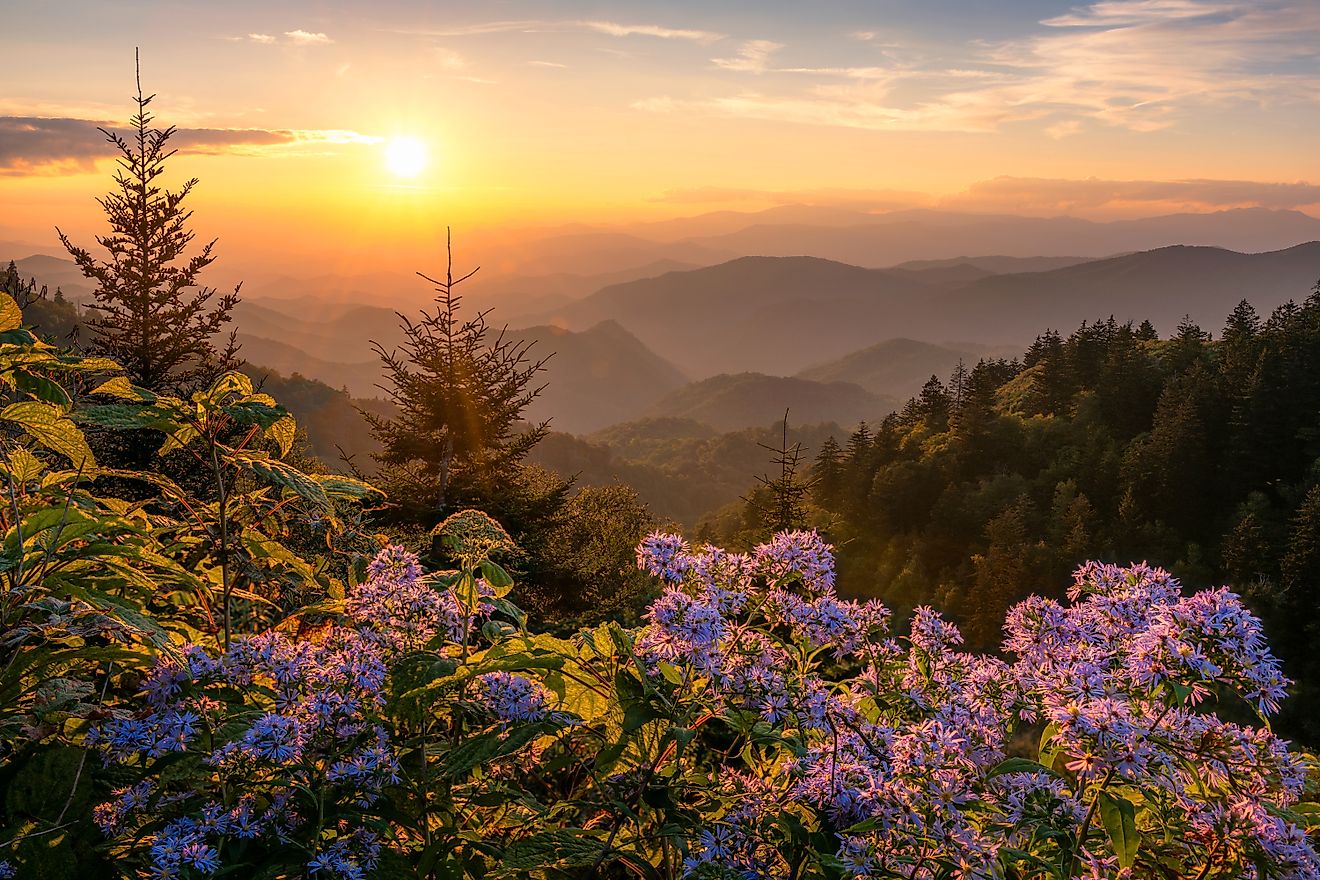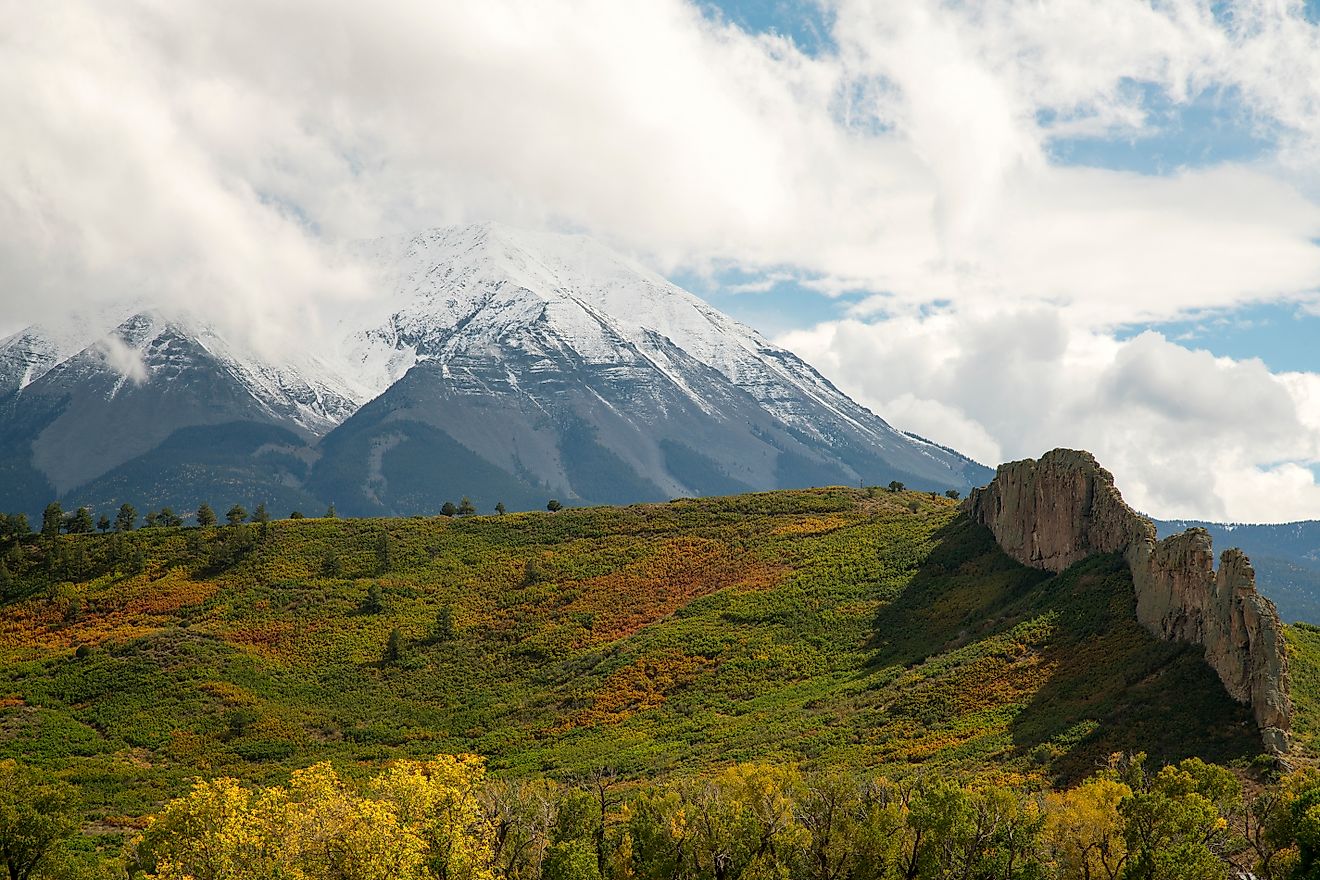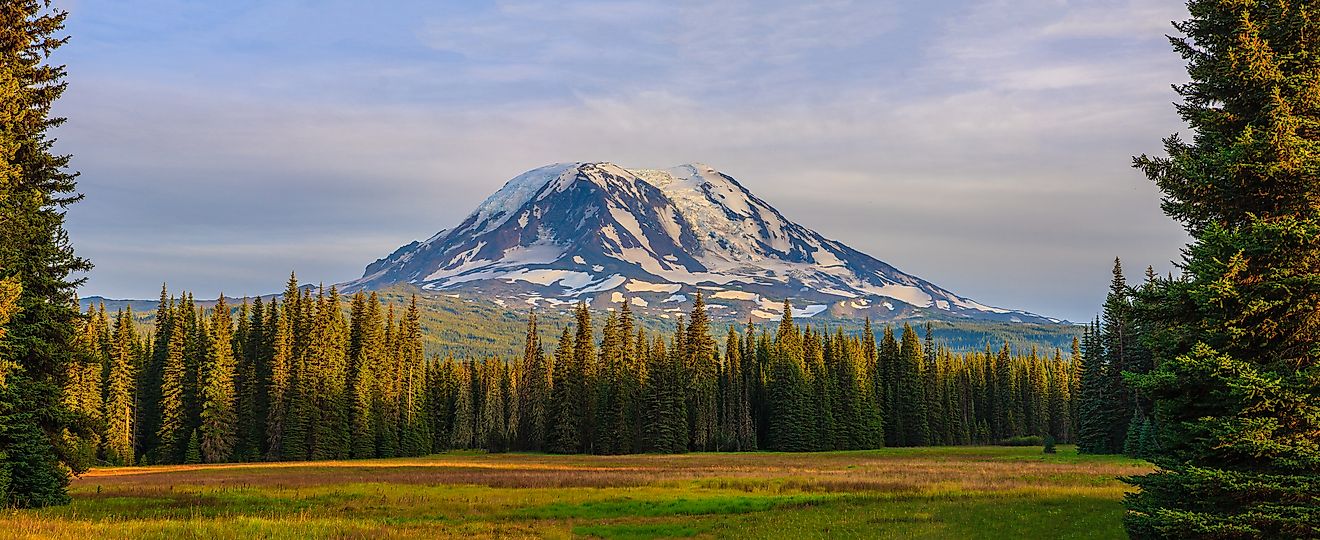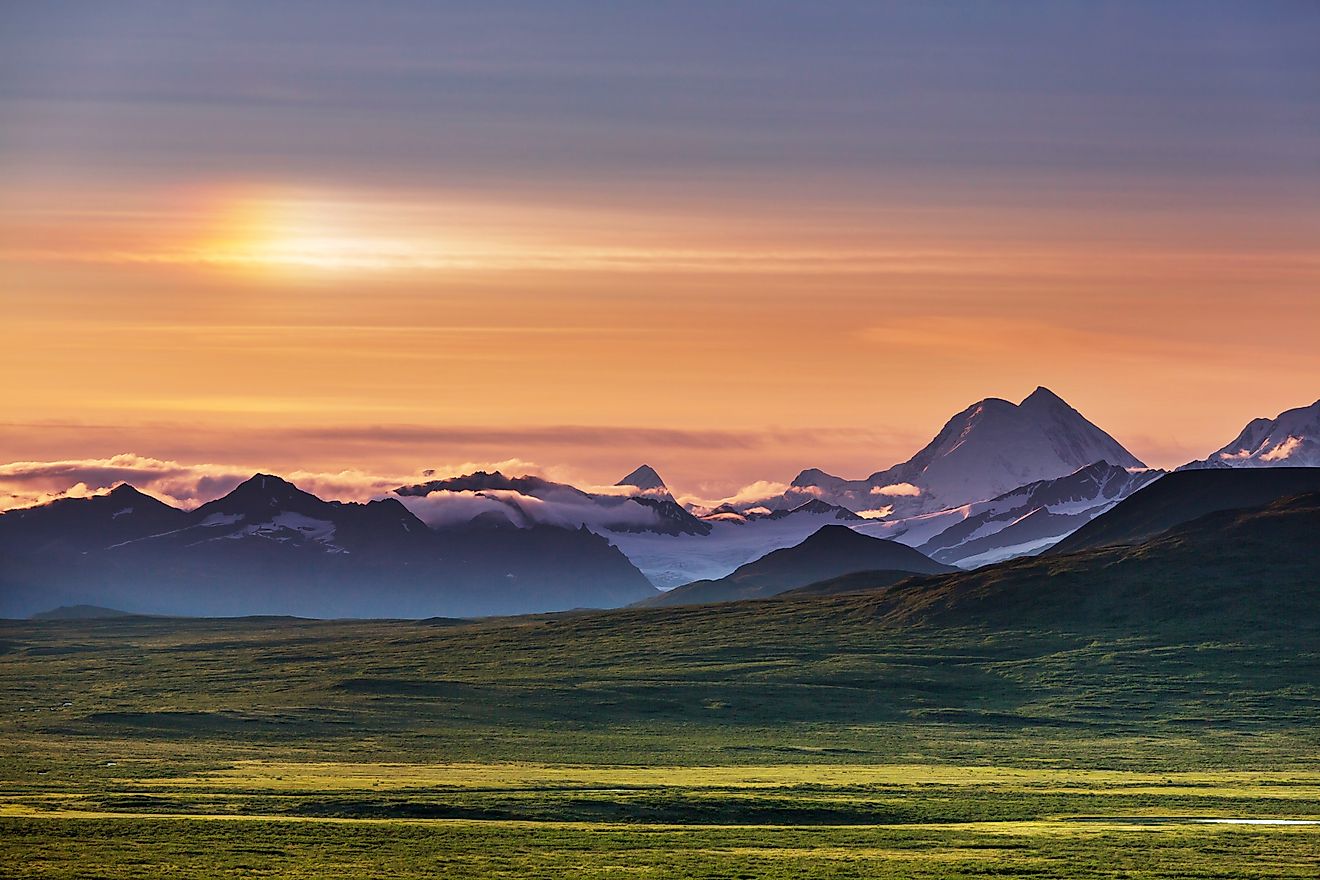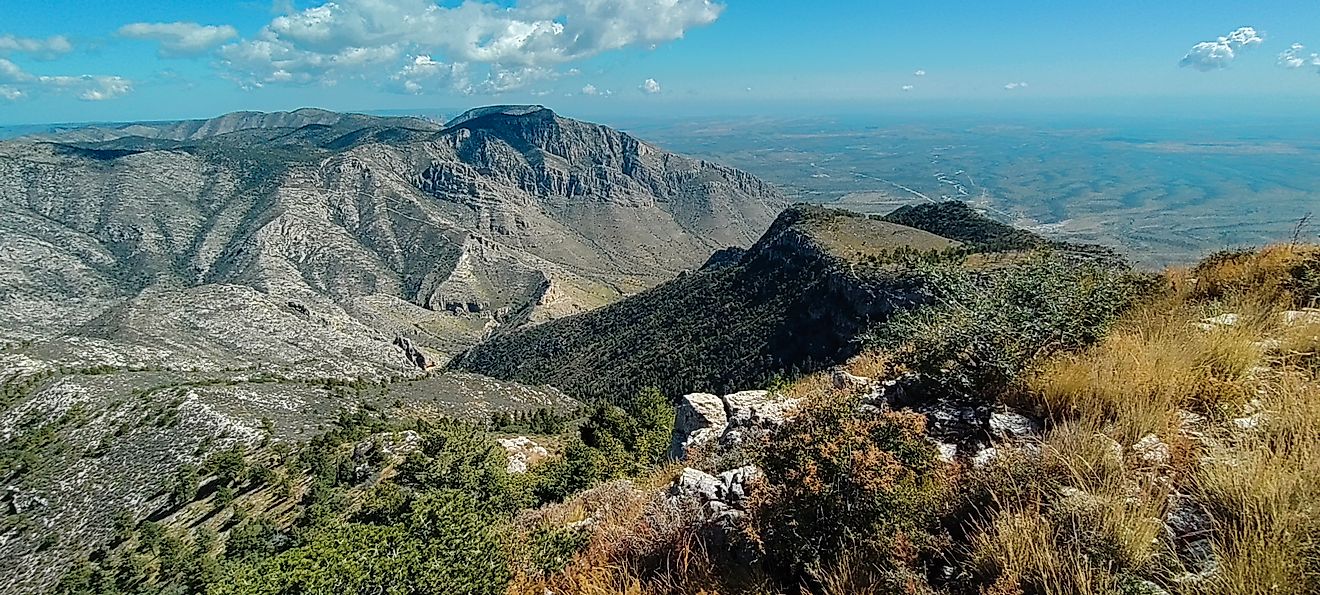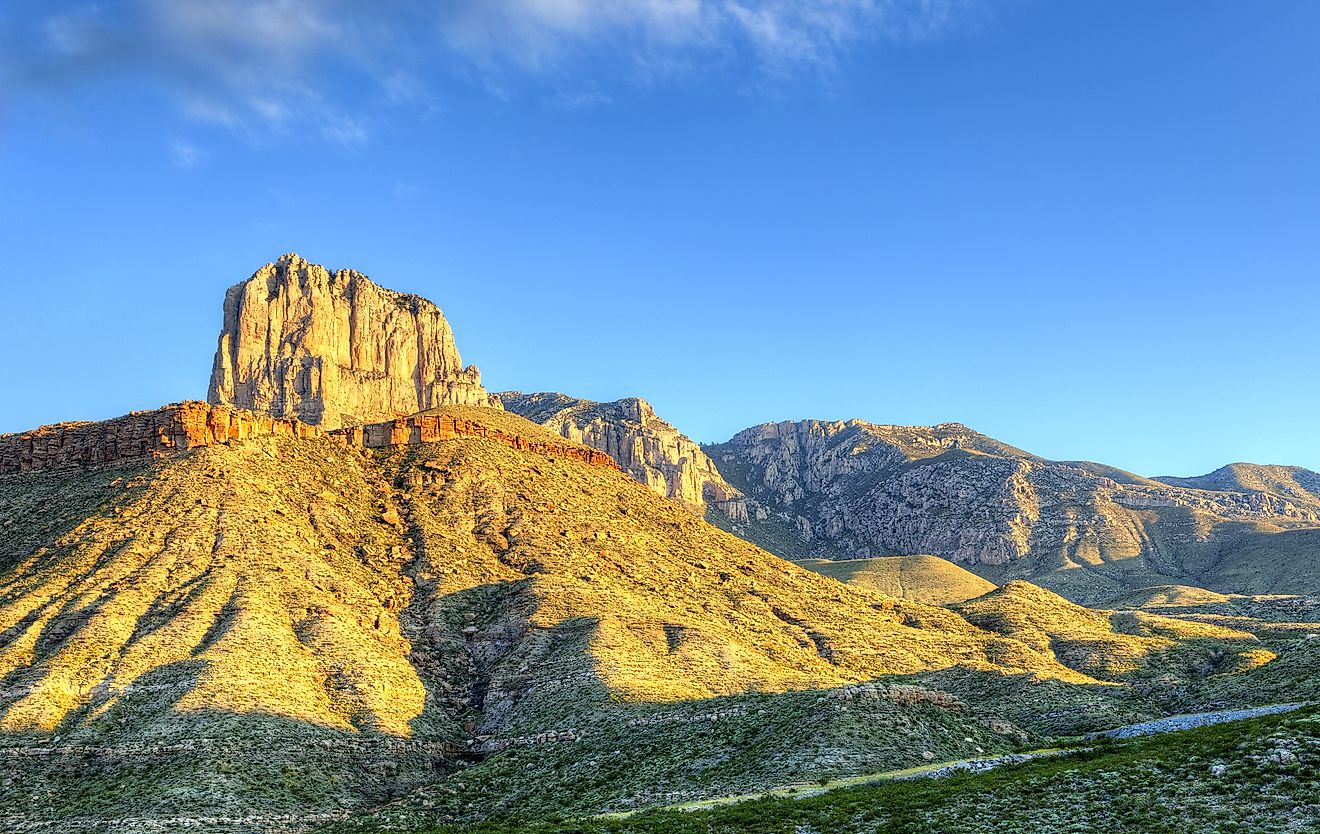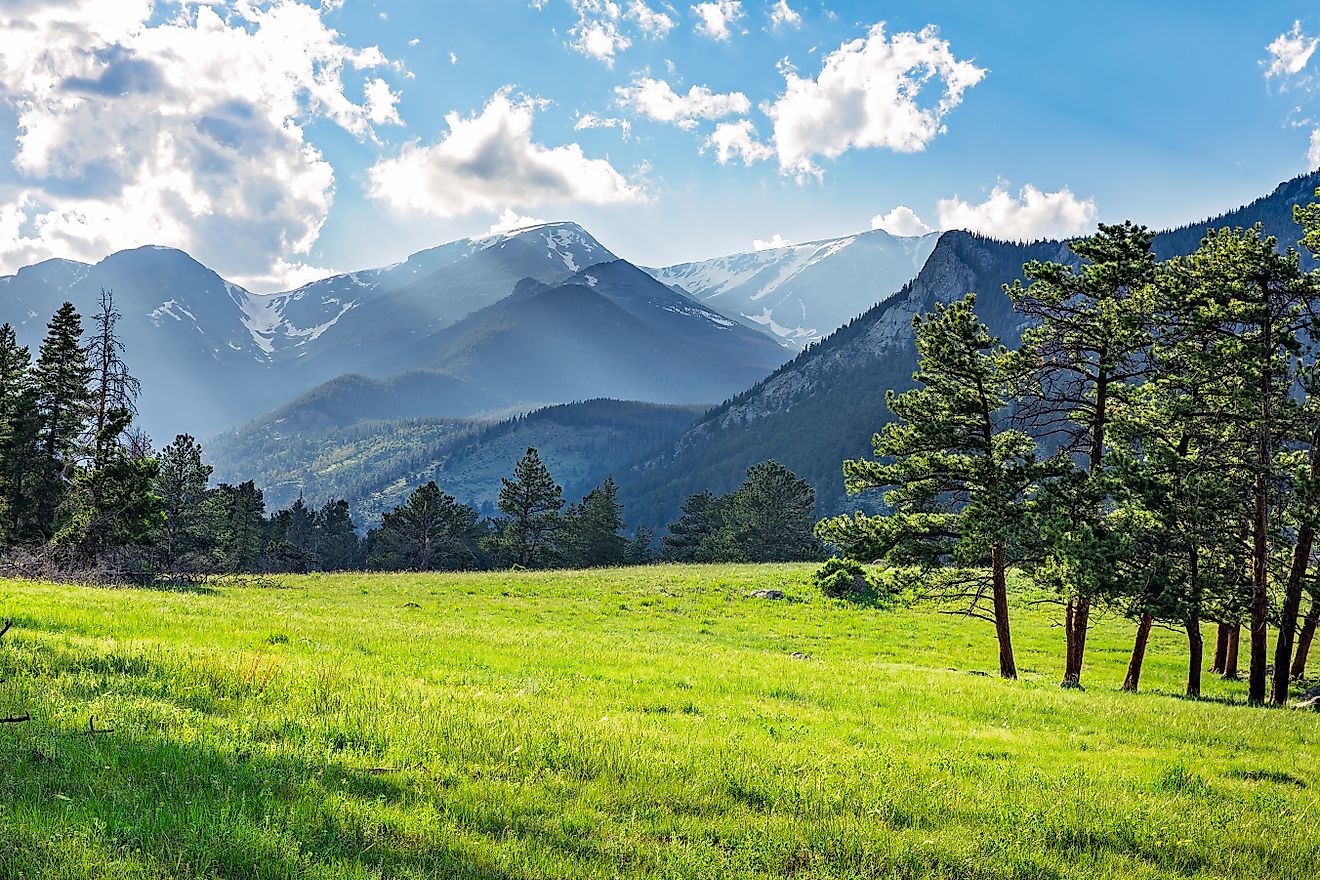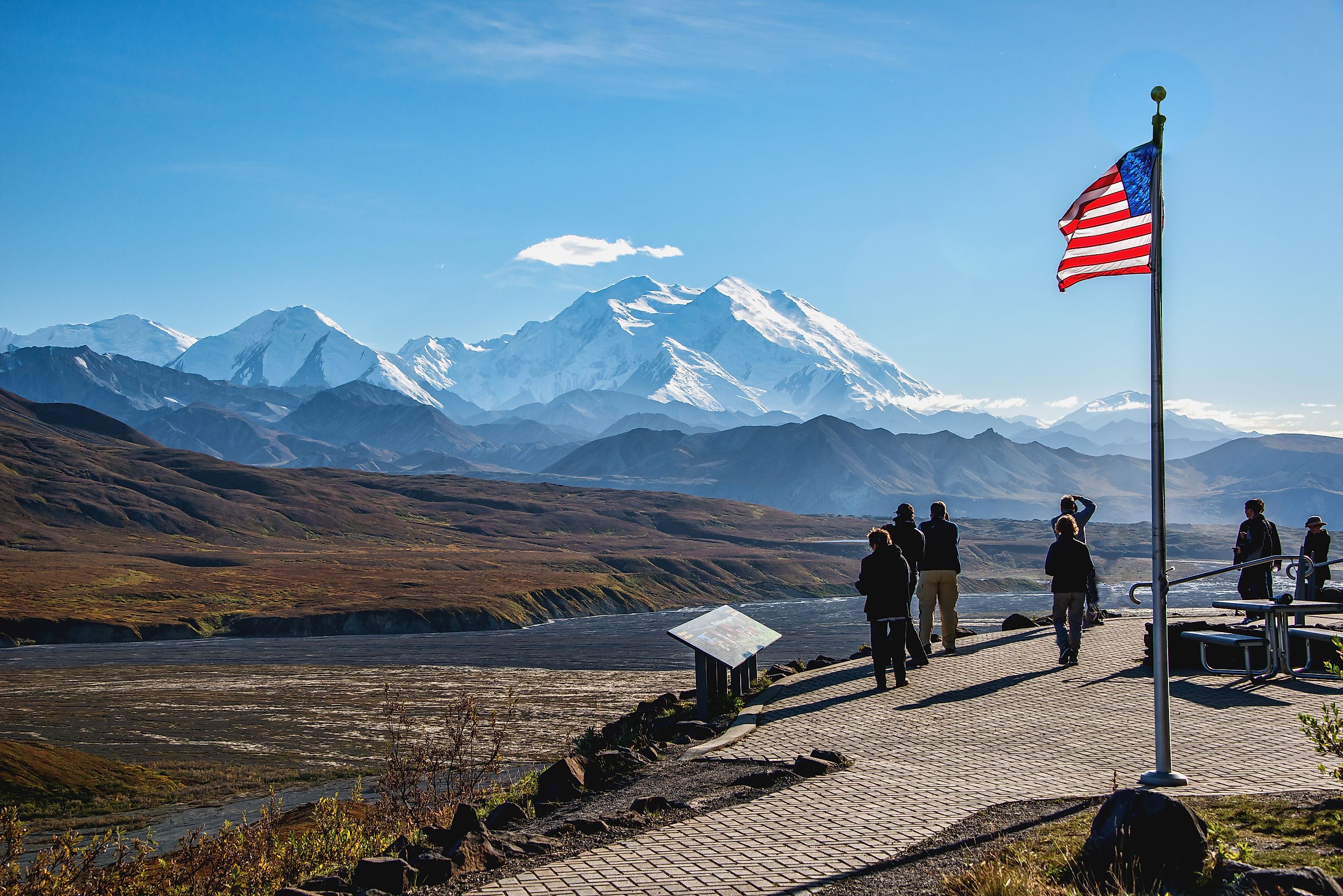
The 5 Highest Mountains in the US
The United States is home to some of the most awe-inspiring and elevated terrain on Earth. Towering above vast forests, icy tundras, and remote wilderness, the country's tallest mountains aren’t just high—they’re dramatic, dangerous, and deeply influential to the regions around them. These summits dominate the skyline, shape local climates, and draw adventurers from across the globe.
From Denali’s icy crown in Alaska to the jagged ridges of Mount Foraker, these peaks rise thousands of feet above sea level—and even more impressively, thousands of feet above the surrounding landscape. Each mountain tells a different story. Some erupted from volcanic fire, others were pushed skyward by relentless tectonic pressure. Many are cloaked in glaciers, feeding rivers that snake across the continent.
But what truly makes the five highest mountains in the US so unique is more than just their altitude. It's the sheer scale of their vertical rise, the hostile beauty of their environments, and the extreme conditions they endure. These peaks stand at the intersection of geology and mythology, science and survival. They're not only natural wonders but also powerful symbols—sacred to Indigenous peoples, feared by climbers, and studied by scientists unraveling the secrets of Earth’s formation and climate.
Whether you're an aspiring mountaineer or a curious traveler, understanding these colossal summits offers a glimpse into the wild heart of America—where altitude meets untamed beauty.
Denali (Mount McKinley), Alaska
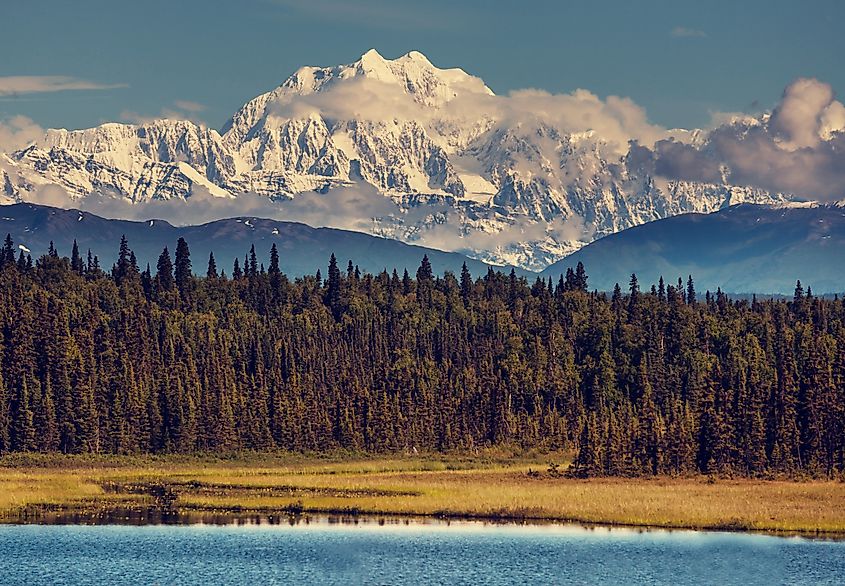
Elevation: 20,310 feet
Denali towers over the Alaskan wilderness, claiming the title as the highest mountain in North America. Located within Denali National Park and Preserve, this immense peak is part of the Alaska Range, a sweeping arc of mountains shaped by tectonic collisions and glaciers over millions of years.
Denali's vertical rise is what truly sets it apart. While Mount Everest rises higher above sea level, Denali boasts one of the largest base-to-peak rises on Earth—more than 18,000 feet from base to summit. The mountain is so massive, it creates its own weather system. Climbers must endure extreme cold, strong winds, and rapidly changing conditions.
The mountain's surroundings are raw and remote. Dense spruce forests give way to alpine tundra and ultimately to permanent snowfields. Wildlife like grizzlies, caribou, and Dall sheep inhabit the park. Climbing Denali requires experience, stamina, and careful planning. Only about half of those who attempt the summit succeed.
Mount Saint Elias, Alaska / Yukon, Canada
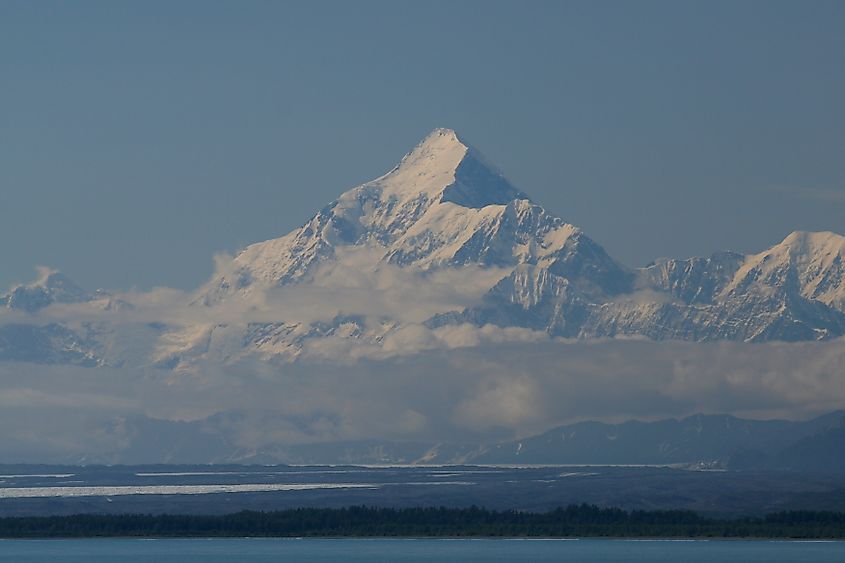
Elevation: 18,008 feet
Straddling the US-Canada border, Mount Saint Elias is the second-highest mountain in the United States and one of the most photogenic peaks in North America. Its dramatic ascent—from sea level to summit in just 10 miles—creates one of the greatest vertical reliefs in the world. From certain vantage points, the mountain seems to rise directly out of the Gulf of Alaska—offering breathtaking views that combine ocean, ice, and alpine rock in a single panorama.
Located in the Saint Elias Mountains, this peak is part of both Wrangell-St. Elias National Park in Alaska and Kluane National Park in Canada. Glaciers dominate the region, with the Malaspina Glacier sprawling at the base of the mountain like a frozen sea.
Despite its beauty, Mount Saint Elias is rarely climbed compared to Denali. Harsh weather, high avalanche risk, and crevasses make it a serious endeavor. Even experienced climbers approach it with caution.
Mount Foraker, Alaska
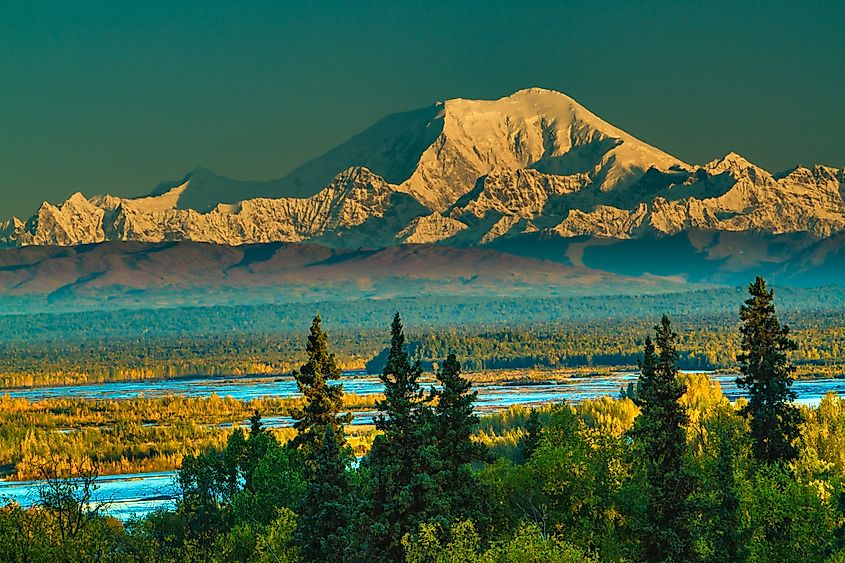
Elevation: 17,400 feet
Just 14 miles southwest of Denali, Mount Foraker stands as the third-highest mountain in the US. It’s often overshadowed by its taller neighbor but is a formidable peak in its own right. Foraker rises above the Kahiltna Glacier, one of the largest in Alaska, and dominates the western Alaska Range with its broad ridgelines and steep faces.
The indigenous Dena’ina people call the mountain Sultana, meaning “The Woman,” as part of a cultural pairing with Denali, “The High One.” This naming reflects a tradition of viewing the mountains as figures in an ancient story.
Climbers often describe Foraker as more technically difficult than Denali due to its more complex routes and less predictable snow conditions. It remains a prized objective for mountaineers seeking a remote and challenging expedition. The Sultana Ridge, one of the classic climbing routes, offers knife-edge ridges and sweeping views of the Alaska Range but requires expert-level skill.
Mount Bona, Alaska
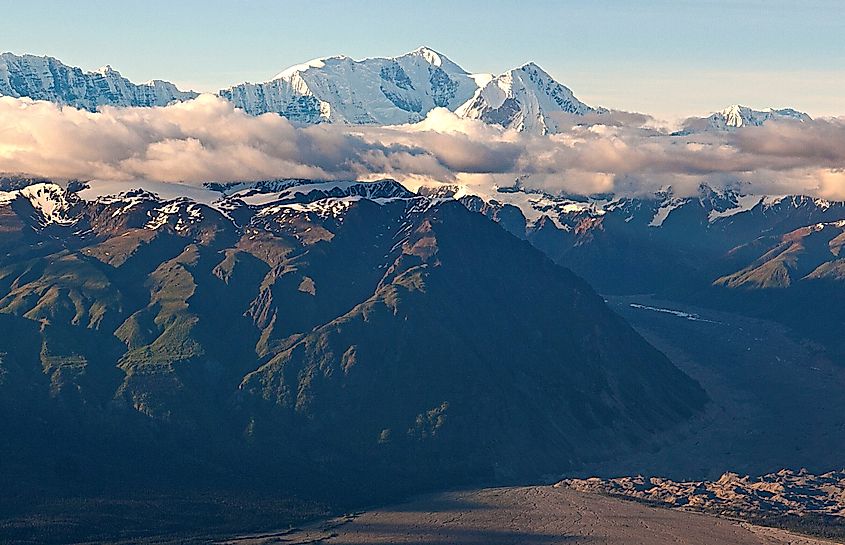
Mount Bona from the south. Editorial credit: Jide via Wikimedia Commons
Elevation: 16,550 feet
Mount Bona is the highest volcano in the United States and ranks fourth in overall elevation. Located in the eastern part of Wrangell-St. Elias National Park, it’s almost entirely ice-covered. Mount Bona is still classified as a potentially active stratovolcano, though its last known eruption occurred over 300 years ago. It feeds several glaciers, including the massive Russell Glacier that descends into the lowlands.
Unlike Denali or Foraker, Mount Bona sees few climbers. The route to its summit isn’t particularly technical, but it is long, isolated, and bitterly cold. Because of its volcanic origins, the mountain features steep flanks and a large summit caldera buried beneath ice and snow. Expeditions typically require ski-equipped bush planes and weeks of planning. Once on the glacier, climbers face crevasses, snowstorms, and subzero temperatures.
Mount Blackburn, Alaska

Elevation: 16,390 feet
Rounding out the top five is Mount Blackburn, yet another Alaskan giant, located in the Wrangell Mountains. Like Mount Bona, Blackburn is a massive, ice-covered stratovolcano. It’s also the tallest volcano in the Wrangell Range and the second-highest volcano in the US.
Blackburn’s summit is difficult to reach, and few make the attempt. Its sheer scale and glaciated slopes create a dramatic backdrop for the surrounding wilderness. Glaciers radiate out from the peak in all directions, feeding rivers that cut through deep valleys and tundra-covered plains.
Most ascents begin on the Kennicott Glacier, requiring mountaineers to traverse technical terrain and endure frigid weather. Despite its challenges, the mountain is cherished by glaciologists and adventure photographers for its raw beauty and remoteness.
Honorable Mention: Mount Whitney, California
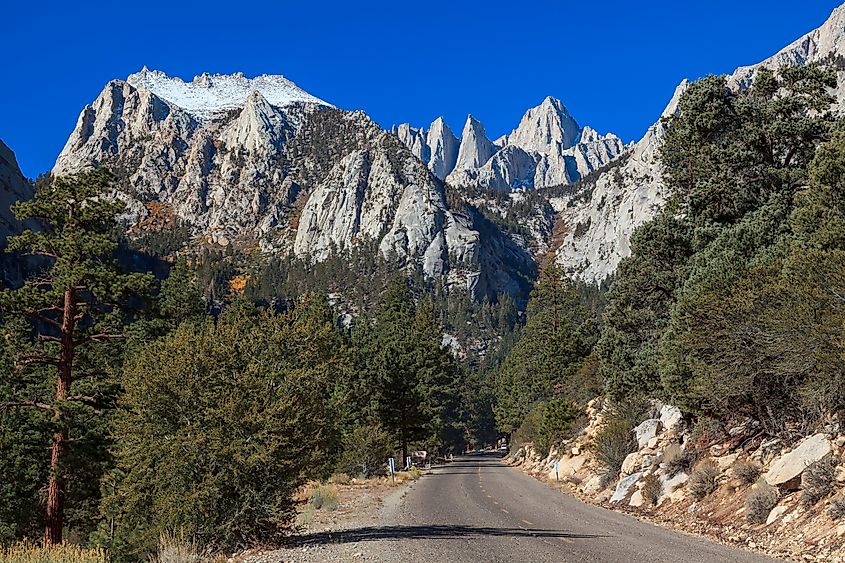
Elevation: 14,505 feet
Though not in the top five nationally, Mount Whitney is the highest point in the contiguous United States and deserves a special mention. Located in the Sierra Nevada of California, Whitney is far more accessible than Alaska’s giants. A popular hiking trail leads to the summit, attracting thousands of visitors each year.
Its granite peak offers sweeping views of the Owens Valley and the Sequoia wilderness. Unlike Alaska's glacial summits, Whitney’s terrain features granite cliffs, alpine lakes, and high-altitude meadows. It also connects to the famous John Muir Trail and the Pacific Crest Trail.
Accessibility and Climbing Seasons
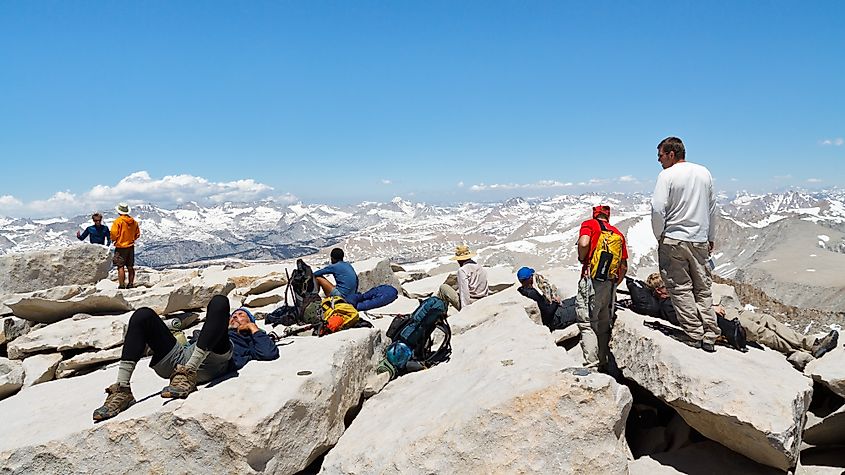
-
Denali: Best climbed in May–June. Requires a permit and guided expedition for most.
-
Mount Saint Elias: Accessible from Yakutat, Alaska. Limited guided trips; best in late spring.
-
Mount Foraker: Same season as Denali, but fewer expeditions.
-
Mount Bona & Blackburn: Reached via bush plane in early summer. Far less trafficked.
-
Mount Whitney: Day permits and overnight camping quotas apply. Best from July–September.
FAQs About the Highest Mountains in the US
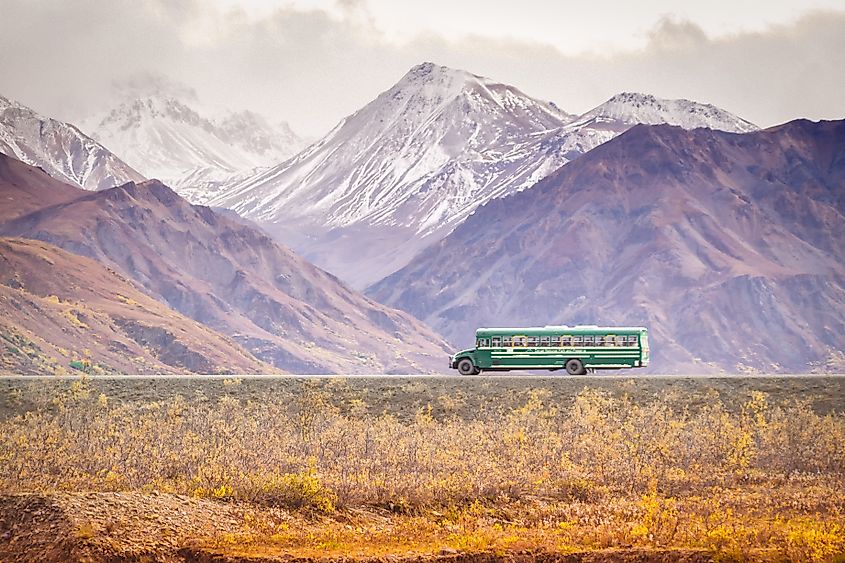
Are all of the tallest US mountains in Alaska?
Yes, all five of the highest peaks in the United States are located in Alaska due to the massive tectonic uplift of the Alaska and Wrangell Mountain Ranges.
Why is Denali so dangerous to climb?
Denali’s extreme elevation, frigid temperatures, and self-contained weather systems make it particularly dangerous. Even in summer, temperatures can drop below zero, and storms arrive quickly.
What is the difference between elevation and prominence?
Elevation measures the height of a mountain’s summit above sea level. Prominence refers to how much a mountain rises above the surrounding terrain. Denali has both high elevation and extreme prominence.
Is Mount Whitney easy to climb compared to these?
Yes, Mount Whitney is considered non-technical and accessible via a hiking trail, whereas the top five require mountaineering skills, glacier travel, and alpine gear.
Are these mountains open to the public year-round?
Technically yes, but winter conditions make them nearly impossible to access safely outside the climbing season. Most are visited only between late spring and early summer.
Reaching the Heights: Why These Mountains Matter
The five highest mountains in the US are not just towering summits—they’re symbols of America’s wild spirit, geologic diversity, and enduring mystery. While few may ever stand on their summits, their grandeur can be felt from afar. Whether you're a climber, a traveler, or a dreamer, these peaks challenge our limits and invite awe.
